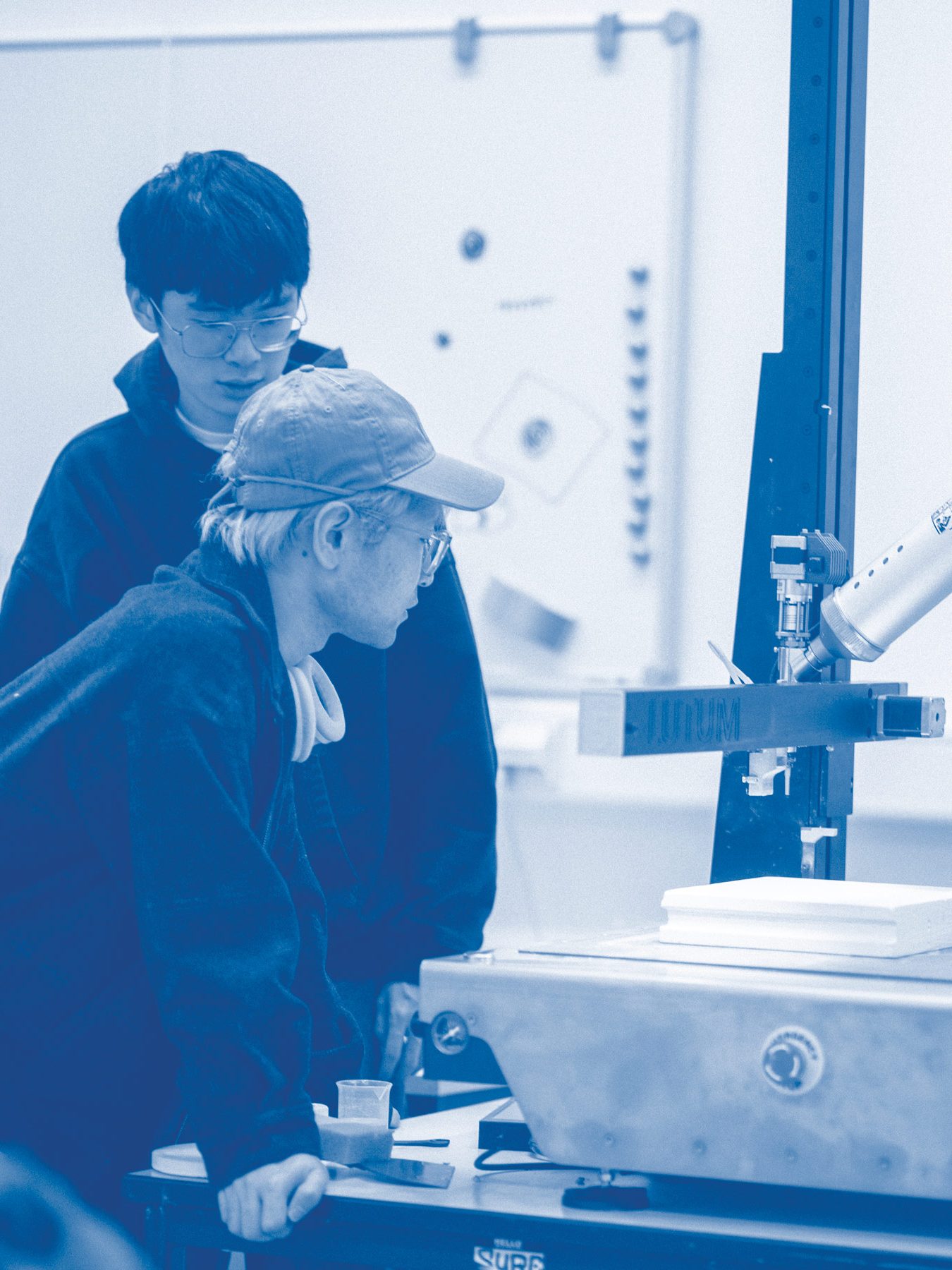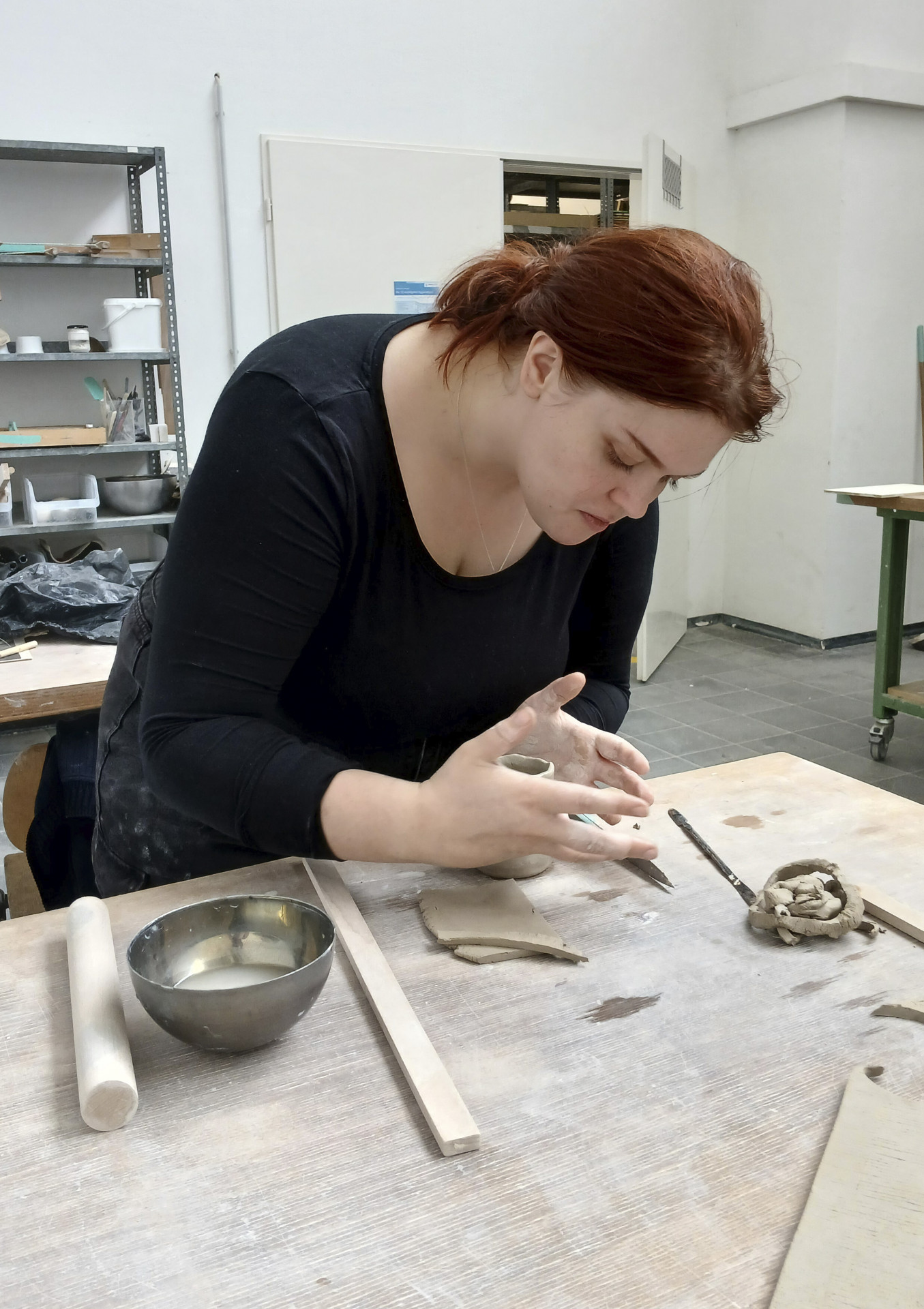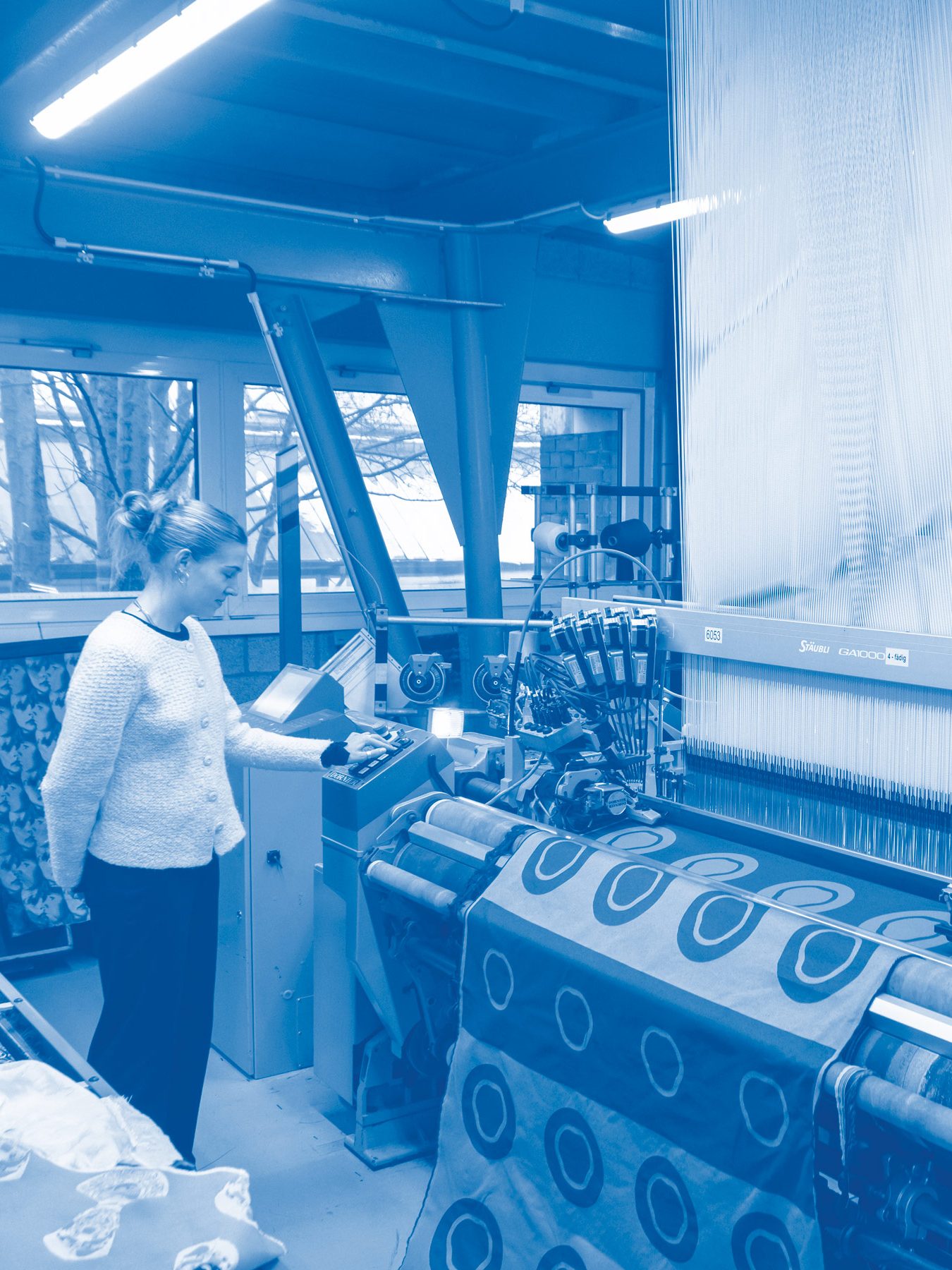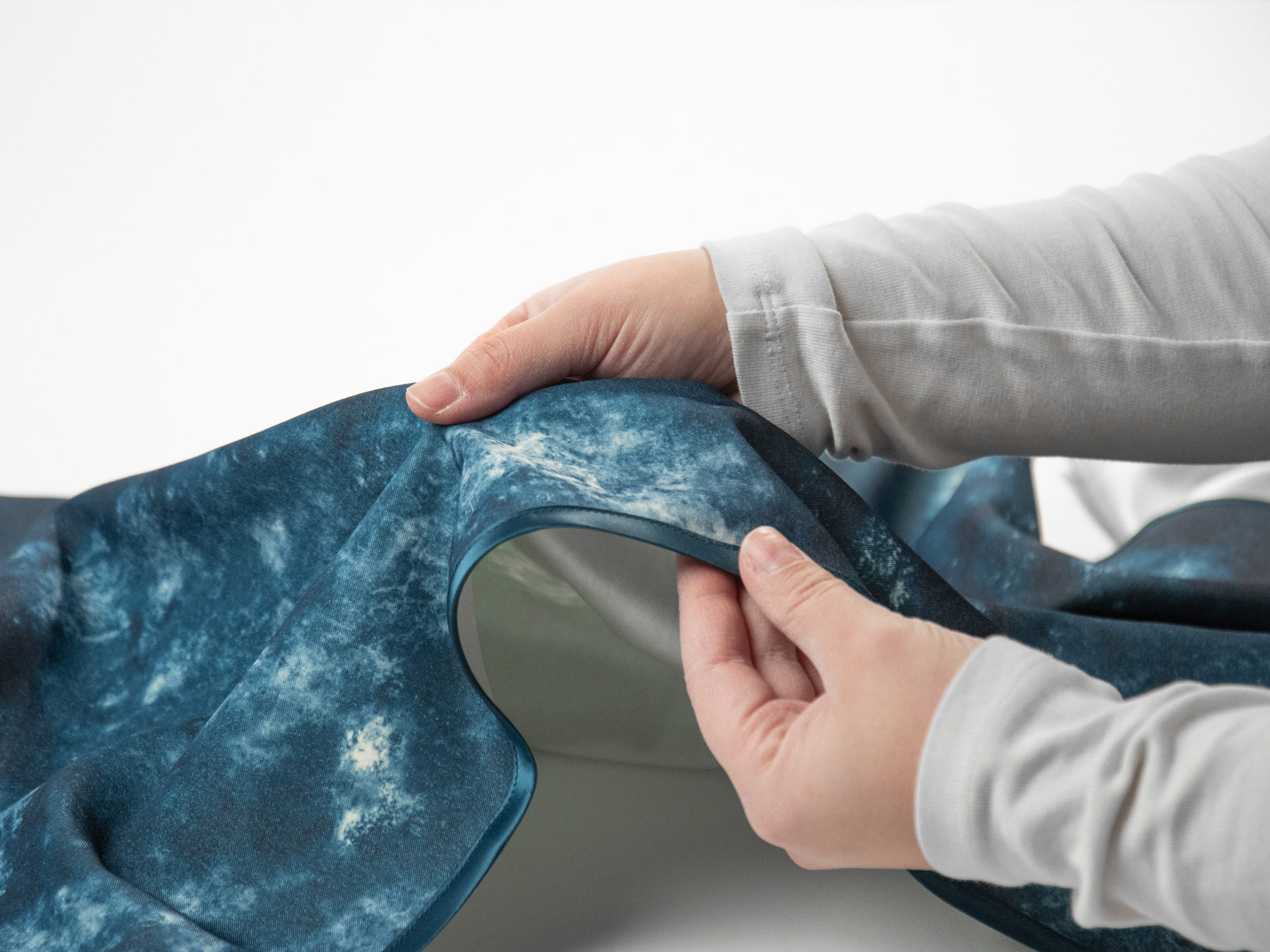PROCESS
TRANSDISCIPLINARY
WORK
At the Niederrhein University of Applied Sciences, transdisciplinary teaching is a central component of many projects and a central starting point in the “Tabletop & Textile” cooperation project.
Throughout the project, from the initial idea to the final design, students from the Product and Object Design department and the Textile and Clothing Technology department work together in small teams. The students were able to immerse themselves in the working reality of new disciplines, discover new perspectives in the exchange with each other and look beyond their own horizons.
The transdisciplinary approach not only promotes mutual inspiration and the exchange of knowledge, but also enables innovative answers to questions about table culture.
INSIGHT
PRODUCT DESIGN
SCROLL DOWN ↓
INNOVATIVE TECHNIQUES
How can we place innovative technologies and conceptual design in a common context? The INNOVATIVE group tackled this question and focused on the use of modern 3D printing processes to develop tableware and accessories with innovative functionality and intricate design.
CERAMIC 3D PRINTING – PRECISION WITH SOUND
The two product design students Jia Xiang Qiang and Yu Yu worked on their tableware collection in the 3D printing lab. Together with design engineer and textile student Nicoletta Müllender, they form a team.
The ceramic printing that Jia and Yu use to produce lids for plates and cups works in a similar way to a 3D printer with plastic, but uses clay.
This process makes it possible to create ceramic products that are not possible with traditional manufacturing techniques. The 3D-printed lids have fine lattice structures that would be difficult to create by hand casting, for example.
The design is intended for use in restaurants or at home: the lattice allows food to be served separately – for example, a breaded schnitzel that remains crispy on top while side dishes and sauces are served underneath.
INSIGHT
Design Engineering
Textile
SCROLL DOWN ↓
INCLUSIVE DESIGN
How can technology and design be used to create table linen that promotes inclusive and communal dining at the table?
Johanna Reichardt and Leon Böckling tackled this question in their bachelor’s project “Tabletop & Textile – Inclusive table linen for blind and visually impaired people”. The aim of their project is to develop a table linen collection that provides orientation for blind and visually impaired people and facilitates sitting and eating together at the table through tactile structures.
IMPLEMENTATION
To create a guidance system, textile designer Johanna worked with white embroidery on a creamy white tablecloth made of 100% cotton. The subtle color scheme of the tablecloth visually calms the setting, while the navy blue napkins with their bold, bright colors add a touch of color.
The production took place in the workshops of the Niederrhein University of Applied Sciences. An embroidery machine was used for the table-cloth, which transferred the various patterns precisely onto the material. The embroidered surfaces were then carefully sewn together and the napkins were created on a Jacquard weaving machine, with the weaves and structures of the fabric having been digitally programmed beforehand. The result is a table linen that enables inclusive use thanks to its tactile elements: the embroidered tablecloth forms the basis of the guidance system, while the structured napkins pick up on the shapes of plates and are specially designed to meet the needs of visually impaired people thanks to their tactile details.




